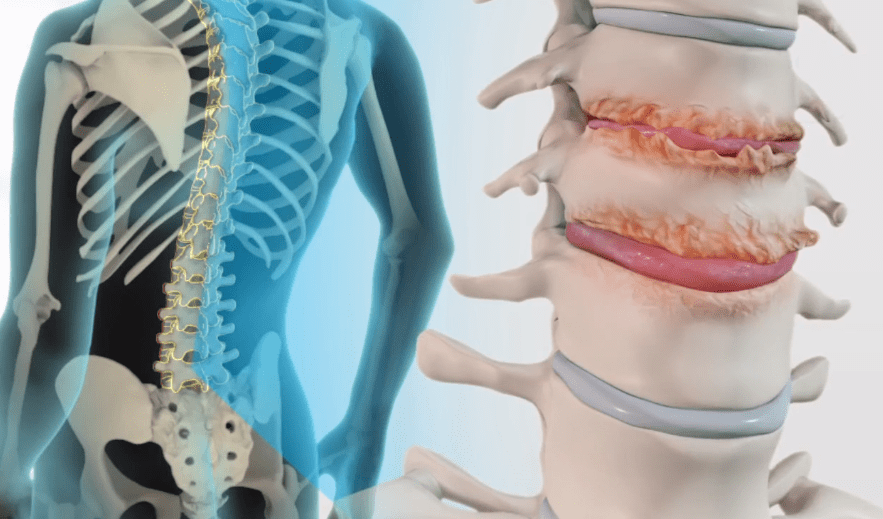Best Spine Surgeons New Jersey
Endoscopic Spine Surgery New York

The definition of spinal surgeon has evolved significantly over the past decade. When it comes to the definition of treatment in modern times, spine surgeons now have access to a wide range of technology. Spinal surgery used be a long and difficult process. With the advent of robotically assisted navigation and enhanced microscopes as well as new minimally invasive technologies, patients may return home the same day they had their spine surgery. This allows for less pain and a faster recovery.
Most lower back pain can be managed without surgery. Research indicates that as much as 20 to 40 percent fail to succeed with back surgery, it is unlikely that the pain will be relieved. This failure to succeed is so common that a medical term has been created for it: failed back surgical syndrome.
A list of questions that you have prepared for your spine surgeon appointment can be a time-saver for both the patient and the doctor. Watch the Video: Questions for Your Spine Surgeon

